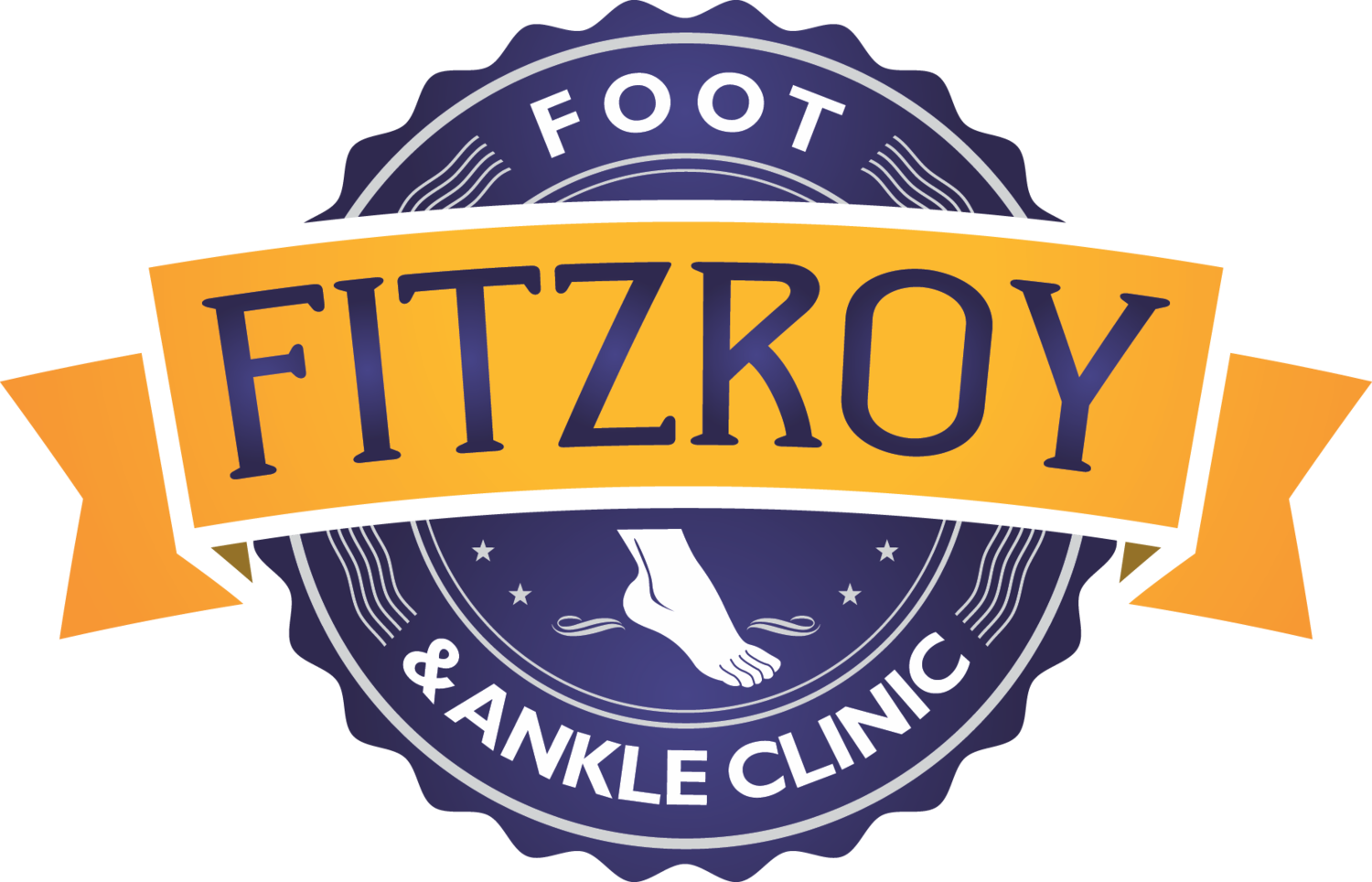There are a large number of running injuries that can occur, enough to fill text books. This section is intended to give you an overview of some of the common running injuries that can affect the lower limb, and how to identify that condition if it appears.
Plantar fasciitis
Plantar fasciitis is one of the more common running injuries. It is thought that the repetitive stress applied to the heel can lead to pain for some people. You can learn more about plantar fasciitis in our Plantar Fasciitis Guide.
Plantar fasciitis usually feels like a sharp pain that occurs after standing in the morning, or after a period of rest. The pain usually decreases after walking for a few minutes. This pain should be felt directly beneath the heel.
Shin Splints
Shin splints is also called medial tibial stress syndrome. It has this medical name because the pain is caused by stress on the inside (medial) of the tibia (the bone in your lower leg, your shin). Similar to plantar fasciitis, it is thought that this pain occurs from the repetitive stress being applied to the shin.
Shins splints feels like a dull pain that is spread across the lower 1/3 of the shin. The pain usually occurs at the start of a run, but then reduces. It tends to return after the runner has cooled down after the run.
Metatarsal stress fracture
The metatarsals are the bones in your arch that connect to each toe. For some runners, their biomechanics, footwear, or loading patterns may place extra stress on these bones that may lead to a fracture.
A stress fracture of the metatarsals usually feels like a dull pain at the top of the foot that will increase with exercise or running. It will be exacerbated with explosive activities such as sprinting or jumping. There will commonly be some swelling that will occur on the top of the foot.
Achilles tendonitis
Achilles tendonitis is another common running injury, particularly in the more mature runner. The achilles tendon attaches your calf muscle to the back of your heel bone and is a vital component for running.
Runners with achilles tendonitis can experience pain in two places. The first is in the middle of the tendon, a little bit higher than the ankle. Some runners will have a swelling of the tendon in this area that is painful to push on. The other location is where the Achilles tendon inserts onto the heel bone. This pain is usually felt on the back of the heel bone, and for some runners, will be accompanied with swelling. The pain usually occurs in the morning or at the start of a run, but will then warm-up and the pain will reduce.
Running footwear
Learn more about choosing footwear for running.




